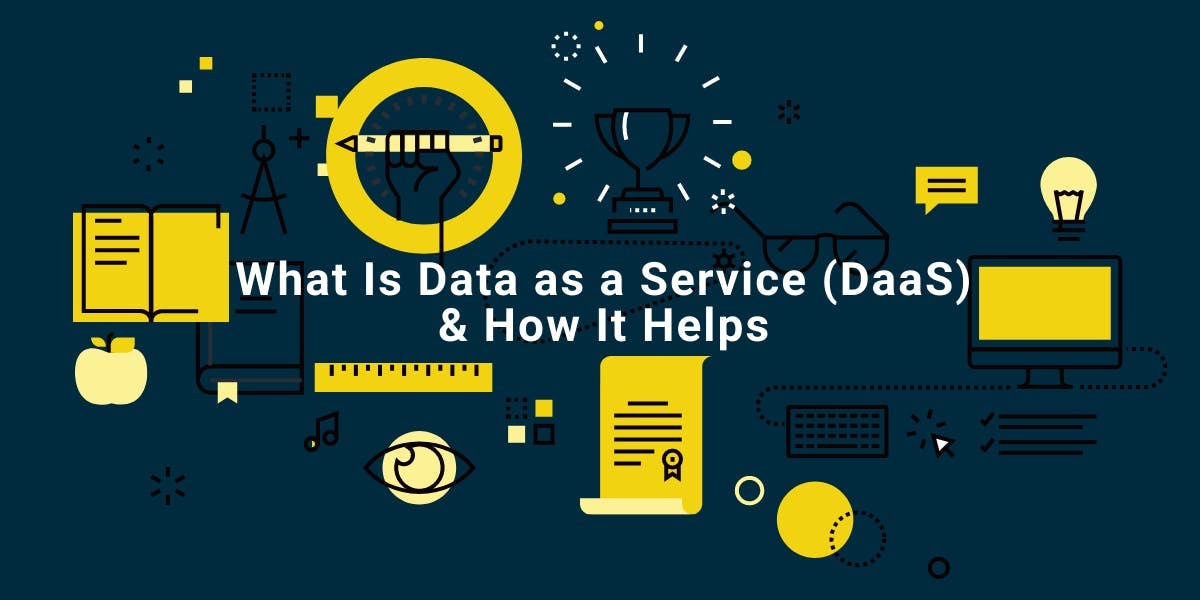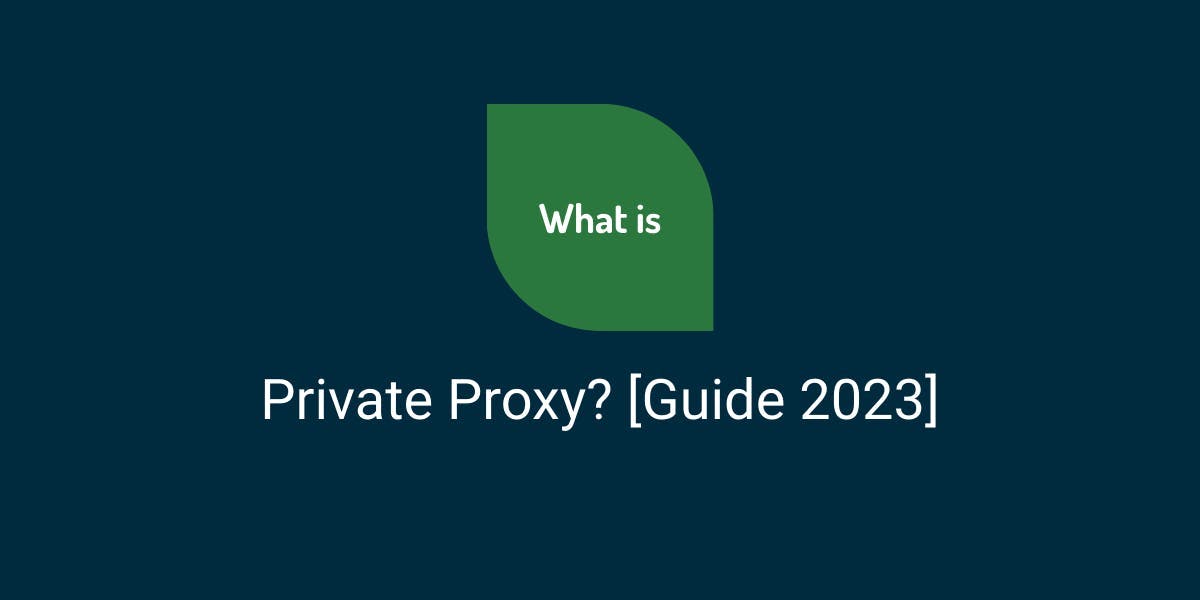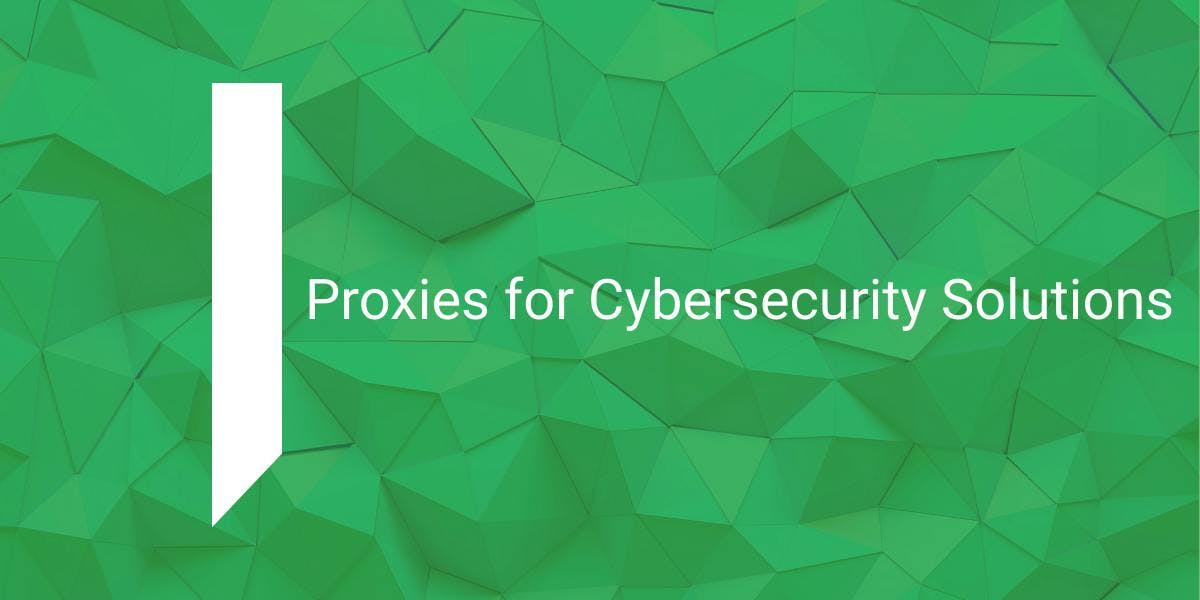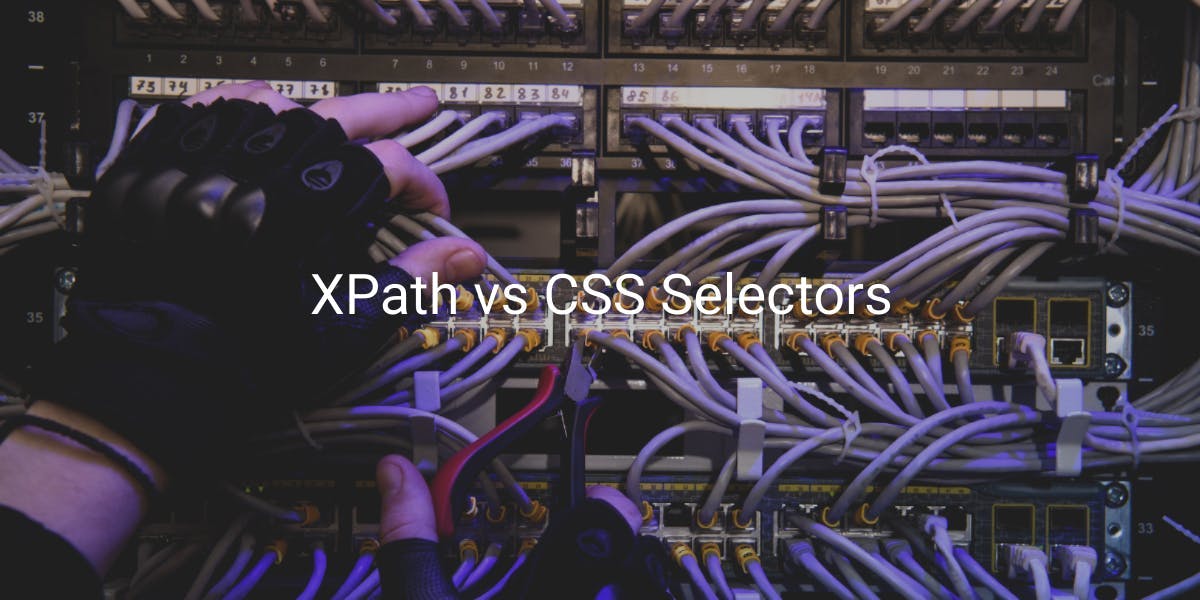What Is Data as a Service (DaaS) & How It Helps
Flipnode on May 22 2023

In today's fast-paced world, publicly accessible digital data has become a valuable asset for businesses, both now and in the future. As data volumes continue to expand rapidly, many organizations are embracing cloud-based services to store, manage, and analyze their data. By leveraging cloud providers for data services, businesses can tap into a wide array of data and analytics tools that may not be available in-house, all while optimizing resource allocation and minimizing costs.
What is Data as a Service (DaaS)?
Data as a Service (DaaS) is a subscription-based model that offers users instant access to digital data whenever they need it. DaaS providers take on the responsibility of collecting, managing, and delivering data to their clients, while also providing support and guidance on effectively utilizing the acquired data. With DaaS, clients can seamlessly access and utilize the data without the burden of maintenance or management tasks.
How does Data as a Service work?
DaaS operates in conjunction with Infrastructure as a Service (IaaS) and Software as a Service (SaaS) within the realm of cloud computing. This cloud computing model, encompassing SaaS, DaaS, IaaS, and other "as a Service" offerings, enables users to access or acquire readily available data without the need for expensive hardware or software infrastructure.
DaaS providers deliver a wide range of data-related services, including data storage, management, processing, analytics, and visualization. Upon subscribing to a paid DaaS service, customers gain access to a continuous data stream provided by the vendor. This approach eliminates the need for physical storage of large-scale data locally, reducing associated costs and making businesses more agile. Only the processed outcomes, such as easily understandable reports, are stored locally, ready for immediate application in day-to-day operations.
Benefits of Data as a Service
One of the primary advantages of DaaS is that it enables organizations to concentrate on their core business activities while entrusting data management, intricate handling, and security concerns to experts in the field. DaaS offers access to high-quality data that may otherwise be challenging or costly to acquire.
By implementing DaaS, there is a reduction in the demand for resources typically required to run a company, including:
- Financial resources
- Software investments
- Hardware infrastructure
- Personnel allocation
- Infrastructure maintenance
The challenges of using Data as a Service
While DaaS offers numerous benefits, it is important to be aware of potential constraints. Here are some challenges that may arise when using DaaS:
- Data quality: The quality of data provided by DaaS platforms can vary. It can be challenging to assess the accuracy and completeness of the data. Users should carefully evaluate data quality, sources, and ethical considerations before making important decisions based on the data.
- Data security: Storing sensitive data on third-party servers raises concerns about data security and privacy. DaaS providers must have robust security measures in place to protect their clients' data from cyber threats (such as data leaks) and ensure compliance with data privacy regulations.
- Integration: Integrating DaaS into existing systems can be complex, especially when dealing with multiple data sources. Users may need to invest in additional tools or services to integrate DaaS with their existing systems. Alternatively, opting for DaaS platforms that offer 24/7 technical support and hands-on guidance can help address integration concerns.
- Vendor lock-in: Users who heavily rely on DaaS providers may become locked into a specific vendor or platform, making it challenging to switch to another provider or integrate with other services.
- Cost: DaaS can be expensive, particularly for big data or specialized services. Enterprise-level pricing plans can add up to significant costs.
- Availability: DaaS may experience downtime or service disruptions, which can result in restricted access to data. DaaS providers should have backup and recovery procedures in place to minimize these risks. Additionally, when storing critical and time-sensitive data in the cloud, access to reliable internet connectivity and electricity should not be taken for granted.
Data as a Service use cases
DaaS serves as a catalyst for growth, providing vast opportunities for various use cases. Here are some common scenarios:
- Business intelligence: DaaS offers access to customer, sales, financial, and other data for analysis, enabling informed decision-making.
- Marketing: DaaS empowers marketers to target and personalize campaigns by providing demographic and behavioral data, enhancing their understanding of customers.
- Risk management: Real-time financial and market data available through DaaS aids in identifying and managing risks more effectively.
- Fraud detection: DaaS facilitates real-time access to transaction and customer data, enabling the identification of patterns related to fraudulent activities.
- Supply chain management: DaaS provides data on inventory levels and shipping schedules, optimizing supply chain operations.
- Healthcare: DaaS grants access to patient, clinical, and other medical data, empowering healthcare providers to improve patient satisfaction while reducing costs.
- The possibilities are limitless. If specific big data has the potential to drive growth, it is likely being collected and offered as DaaS in extensive datasets.
What is an example of Data as a Service?
DaaS plays a vital role in integrating geographic data through APIs, offering numerous benefits for various applications that rely on maps and location services. Developers can leverage DaaS to access comprehensive geographical data databases, including maps, satellite imagery, and traffic information, through well-documented APIs.
By utilizing DaaS, developers can seamlessly integrate geographic data from vendors into their own applications, websites, or services, without the need to handle the data management themselves. Popular mapping APIs provide essential features such as geocoding (address-to-coordinate conversion), routing (optimal path calculation between two locations), and visualization (map and satellite imagery display).
With the support of a DaaS provider, developers can focus on creating applications with enhanced functionality and improved user experiences while saving valuable time and resources.
What is the difference between SaaS and DaaS?
The primary distinction between SaaS and DaaS, the two cloud computing service models, lies in the nature of the services offered through a subscription model:
- SaaS focuses on providing access to software applications.
- DaaS focuses on providing access to data on demand.
SaaS providers host and oversee software applications, enabling users to access them remotely via a web browser or API. SaaS applications encompass a wide range of software products, such as customer relationship management (CRM), enterprise resource planning (ERP), and human resource management (HRM) systems.
On the other hand, DaaS providers are responsible for collecting, managing, and delivering raw data to their clients. Clients can then access and utilize this data for various purposes, including data storage, management, processing, analytics, and visualization.
Final thoughts
As cloud-based technologies continue to expand rapidly, businesses are increasingly adopting outsourced data services to enhance their data management capabilities, gain operational insights, and make informed decisions to drive growth.
DaaS presents an excellent solution for companies seeking quick and efficient access to big data. By harnessing DaaS, businesses can tap into diverse data sources to enhance their decision-making processes.
DaaS has revolutionized daily business operations, bringing about transformative changes. When considering the implementation of DaaS, companies should conduct a thorough evaluation of their requirements and select a vendor that offers the ideal features, scalability, flexibility, security, and cost-effectiveness to meet their needs.



